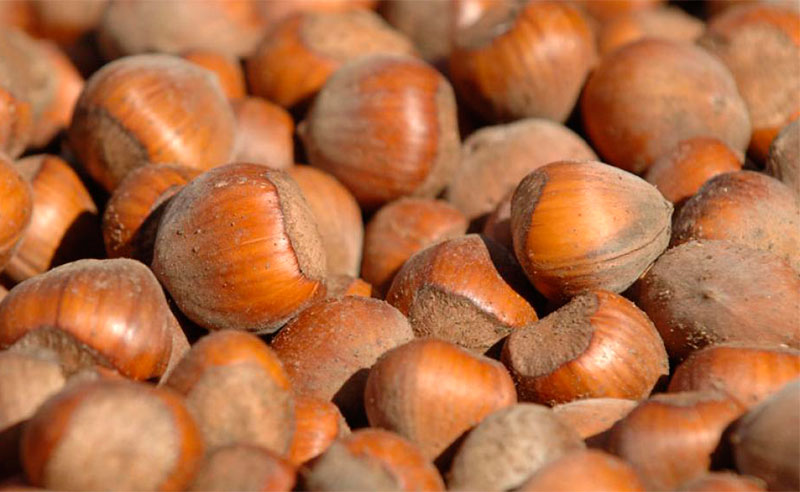How to avoid product losses with good environmental conditions
Grains, legumes, and nuts are part of a substantial food chain for humans and also require great care regarding the conditions in which they are stored, transported, and displayed to the final consumer. These determining conditions set the paths for good profits in the agricultural and production sector; Therefore, it is important to take care of every aspect of these foods from their cultivation to the table.
It is a real challenge to control the humidity in grains, nuts, and legumes since they are subject to different processing phases, which means specific humidity and temperature ranges at each stage. It is not only about using dehumidifiers to keep atmospheric saturation in balance but also about managing thermal aspects that determine eventual vaporization or condensation. All of this is invariably subject to storage methods, environmental humidity, variety of nuts and seeds, as well as their size. Knowing all this, you will know exactly if you have to absorb moisture, or even induce it in a certain place.
Advantages of atmospheric control with desiccation and humidification
- Control methods through desiccants or other processes will lead to significant reductions in energy costs, only by checking the necessary calculations in the use of energy for the drying processes.
- Another palpable benefit is the reduction of material waste. When atmospheric problems occur that compromise the quality of the product and even the raw material, the greatest economic losses are perceived within the sector. Constant hygrometric and thermal measurements will avoid this type of adverse situation.
- The control of climatic ranges will result in a final product of the highest quality, which can compete in an increasingly globalized market, with consistency and uniformity.
The conditioning of grain, nuts, and legumes is preceded by good moisture management. By knowing the atmospheric context in a warehouse or production chain, the probability of damage to materials and products will be significantly reduced, which is constantly threatened by microbial increase due to high atmospheric saturation. Now, we are fully aware of the usefulness of dehumidifiers and humidifying systems to permeate the vaporization, drying, and respiration of grains, seeds, legumes, and nuts.
There are several methods to measure moisture in agricultural products, specifically nuts and seeds, such as the use of microwaves for greater operational ease for the producer. In this way, it will have better control over the measurement adjustments in real-time, for the best optimization of processes. Fortunately for entrepreneurs and legume producers, microwave sensors for measuring humidity are not damaged by vapors or dust, resulting in a fairly reliable method for this type of task.
Ideal storage with atmospheric control of nuts and seeds
After these agricultural products are dry, their subsequent storage must have specific humidity and temperature parameters, but this will depend on each fruit, seed, or legume. For example, almonds must be protected with a relative humidity below 65%, with a temperature ranging between 10 and 15 degrees Celsius; This condition is also optimal for hazelnuts.
If we do not take care of the humidity parameters, and let it be above the permissible factors, then it is likely that such nuts will suffer from fungi that invariably affect an entire harvest; Likewise, the proliferation of worms or other pests increases. As an example, there is Aspergillus, a fungus that spreads quickly on any seed and nut surface; This type of microorganism produces aflatoxin, a substance potentially harmful to humans if the product is consumed.
Generally, silos are the ideal places for storing nuts, due to their efficiency in maintaining their conservation and handling. Ventilation and atmospheric management are parameters to be worked on constantly, whether through desiccant methods or other processes.




